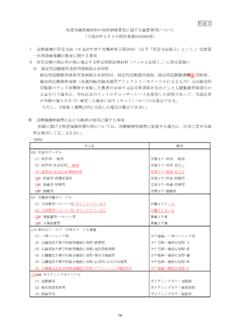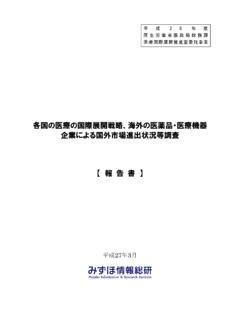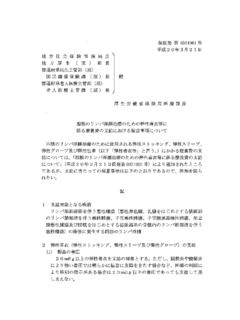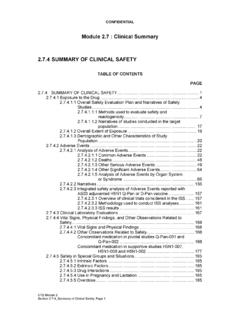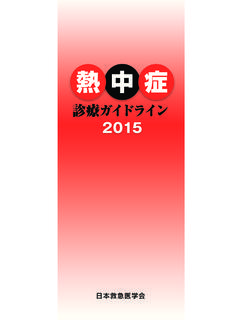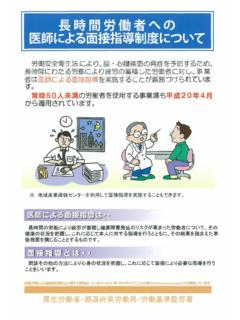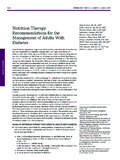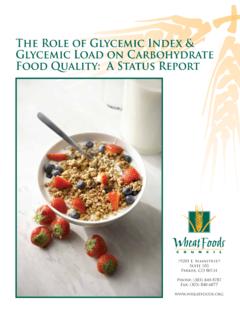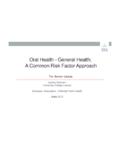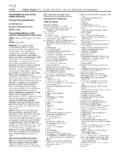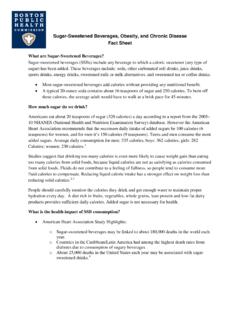Transcription of Overview of Dietary Reference Intakes for Japanese …
1 1 Overview of Dietary Reference Intakes for Japanese (2015) 1. Purpose of Development Dietary Reference Intakes for Japanese proposes Reference values of desirable Dietary intake of energy and nutrients for Japanese people to maintain and promote their health. It is specified by the Minister of Health, Labour and Welfare in accordance with Article 30-2 of the Health Promotion Act (Act of 2002). 2. Period of Use Dietary Reference Intakes for Japanese (2015) is applicable for 5 years, 2015 fiscal year to 2019 fiscal year. 3.
2 Development Policies Dietary Reference Intakes for Japanese (2015) included prevention of progression of life-style related diseases (LRDs) in its development purposes, in addition to prevention of onset of LRDs (Figure 1). Applicable populations are healthy individuals and groups. It also includes those who are under health guidance on hypertension, dyslipidemia, diabetes, or chronic kidney disease. Dietary Reference Intakes (DRIs) were determined based on scientific findings where data were available. If some issues were important yet has no sufficient scientific evidence at the present moment, these research topics were summarized and organized.
3 Figure 1 Basic concepts of Dietary Reference Intakes for Japanese (2015) development Extension of healthy life expectancy Health maintenance and promotion Revision of Dietary Reference Intakes (DRIs) Revision of various disease guidelines (includes diet therapy) Organization of scientific basis Important issues with insufficient evidence Promotion of practical application and research Collection of scientific evidence Promotion of Health Japan 21 (Second term) < FY2013 to FY2022> Thorough promotion of activities for prevention of onset and progression of LRDs (cancer, cardiovascular diseases, diabetes, COPD.)
4 Internationally, these four disease are regarded as non-communicable diseases (NCD) ) Aging population and increasing number of patients ( , diabetes) Prevention of onset of LRDs Prevention of progression of LRDs Standardization and quality improvement of nutritional assessment and nutritional control of the people Effective utilization by health care providers such as nutritionists and physicians 2 4. Basic Matters of Development 1) Reference values For Energy Body mass index (BMI) was adopted as the Reference of the balance of energy intake and consumption (energy balance).
5 BMI = body weight(kg) (body height (m))2 For Nutrients DRIs for nutrients included, as before, Reference values with three different purposes (Figure 2). For the purpose of avoiding inadequacy, the Estimated Average Requirement (EAR) was determined. The EARs indicate the amount that would meet the nutrient requirements of 50 percent of the population. The Recommended Dietary Allowance (RDA) was also determined in order to supplement EAR. The RDA indicates the amount that would meet the requirement of most of the population. The Adequate intake (AI) was developed where EAR and RDA could not be set due to insufficient scientific evidence.
6 The AI indicates the amount adequate to maintain a certain level of nutritional status. Dietary intake no less than AI shall minimize risks of inadequacy. For the purpose of avoiding adverse health effects due to excessive intake , Tolerable Upper intake Level (UL) was determined. For the purpose of prevention of LRDs, Tentative Dietary Goal for preventing LRDs (DG) was developed. Figure 2 Purposes and types of nutrition indices < Purpose > < Type > Avoidance of inadequacy EAR, RDA * Alternative index where EAR and RDA cannot be specified: AI Avoidance of adverse health effects due to excessive intake UL Prevention of life-style related diseases DG 3 Nutrients for which DRIs have been developed and DRIs determined for persons 1 year and older are summarized in Table 1.
7 Table 1 Nutrients for Which DRIs Have Been Developed and Reference Values Determined (1 Year and Older)1 Nutrient EAR RDA AI UL DG Proteins 2 Fats Fats 2 Saturated fatty acid n-6 fatty acid n-3 fatty acid Carbohydrates Carbohydrate 2 Dietary fiber Energy-providing Nutrient Balance2 Vitamins Fat-soluble Vitamin A Vitamin D Vitamin E Vitamin K Water-soluble Vitamin B1 Vitamin B2 Niacin
8 Vitamin B6 Vitamin B12 Folic acid 3 Pantothenic acid Biotin Vitamin C Minerals Macro Sodium Potassium Calcium Magnesium 3 Phosphorus Micro Iron Zinc Copper Manganese Iodine Selenium Chromium Molybdenum 1 Includes cases where values are determined only for some age groups.
9 2 Desirable percentage of energy (% energy) from proteins, lipids and carbohydrates (includes alcohol) in the total energy intake . 3 Developed for intake from sources other than normal food. 4 2) Review methods and Reference value revision policy In the review of scientific data about energy and nutrients, intensive reviews were conducted for the items that had been specified as pending issues in the previous version, Dietary Reference Intakes for Japanese (2010). Especially, energy was reviewed in terms of energy balance, BMI and weight control.
10 Associations between energy or each nutrient and prevention of onset or progression of LRDs (hypertension, dyslipidemia, diabetes, chronic kidney diseases) were reviewed. Policies of Reference value revisions are clearly described. 3) Age groups Age groups are the same as before (refer to the Age column of Table 2). 4) Reference body size ( Reference Height and Reference Weight) The term standard body size previously was used, however, it does not imply desirable body size and it is merely used as Reference . Therefore, this expression was changed to Reference body size.
